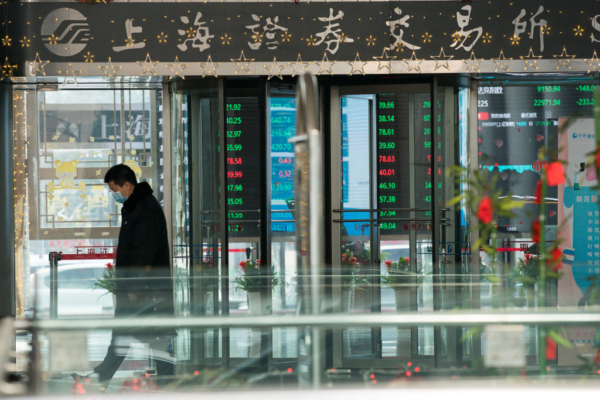On September 9th, the A-shares in China saw a collective decline, with all three major indexes falling and the trading volume in Shanghai and Shenzhen markets shrinking by 300 billion yuan compared to the previous trading day.
Throughout the day on September 9th, A-shares experienced a decrease in trading volume and all three major indexes trended downwards, with the ChiNext Index dropping by over 3% in the afternoon. At the close, the Shanghai Composite Index fell by 0.51% to 3807.29 points, the Shenzhen Component Index declined by 1.23% to 12510.6 points, the ChiNext Index dropped by 2.23% to 2867.97 points, the STAR 50 Index fell by 2.38% to 1245.53 points, and the FTSE China A50 Futures Index dropped by 0.18% to 14807 points before the deadline.
According to Wind statistics, out of a total of 5207 listed stocks on the two markets and the Beijing Stock Exchange, 1298 stocks rose, 4009 stocks fell, and 118 stocks remained unchanged.
The total trading volume in Shanghai and Shenzhen amounted to 2.1185 trillion yuan, a decrease of 300.2 billion yuan compared to the previous trading day’s 2.4187 trillion yuan. Specifically, Shanghai’s trading volume reached 917.8 billion yuan, a decrease of 108.1 billion yuan from the previous trading day’s 1.0259 trillion yuan, while Shenzhen’s trading volume was 1.2007 trillion yuan.
On the market front, tech stocks experienced across-the-board declines, with consumer electronics, semiconductors, computing power, and CPO hardware stocks leading the losses, including a more than 10% drop in the stock price of SMIC. In contrast, the gold sector rose against the trend, with Western Mining hitting its daily limit up.
Dongguan Securities believes that in the short term, since the end of June, the market has accumulated significant gains, and the recent acceleration in the market’s upward trend has led to extreme structural differentiation in the market, necessitating a short-term technical adjustment to digest.
Guojin Securities stated that the current market volatility remains high and from past experience, initiating a new trend of upward momentum and breaking through previous highs will require new catalysts. There is a higher probability of the market entering a period of lateral oscillation.
In his analysis of the reasons for the decline in trading volume in A-shares, financial information creator “Brother Tiger Chat” mentioned that the main players became the internal cause of the decline in trading volume. He highlighted, “Apart from the main players dumping billions of funds, the biggest factor is the blow to confidence. History shows that whenever the main players sell aggressively, it indicates their lack of confidence in the current A-share market. If even the main players are pessimistic, then there is a high likelihood of a decline. Personal funds can only follow the main players in selling, thus intensifying the downward pressure on the market.”

